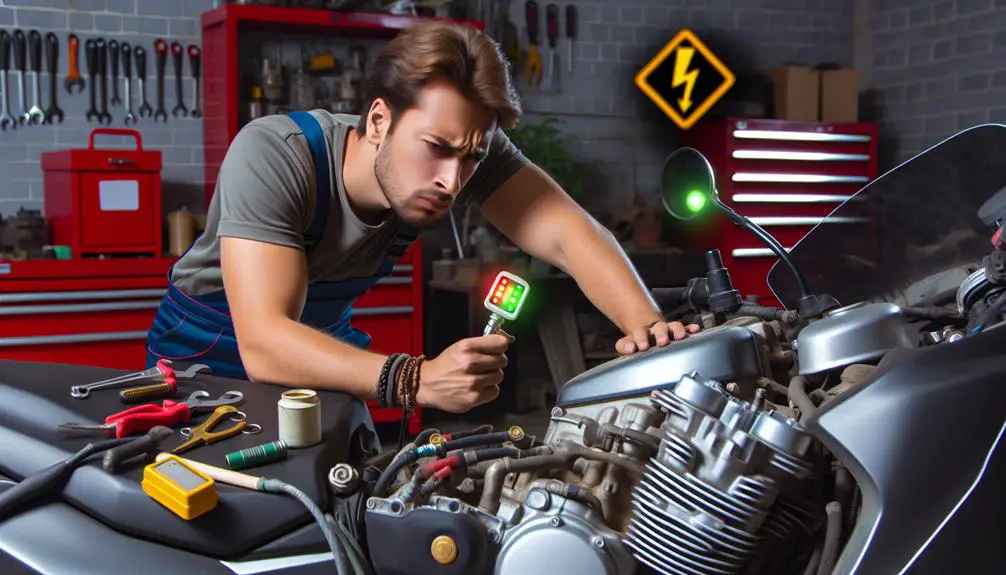Your Honda is built tough, but even its PGM-FI system can have problems. When the sensors and electronics that control the fuel injection act up, your car may have trouble starting or show warning lights.
Maybe you’ve heard about issues with main relays too. These problems aren’t just annoying – they could signal bigger problems.
If you’re wondering about your Honda’s PGM-FI system, let’s figure out what’s going on under the hood.
5+ PGM-FI Honda Problems and Error
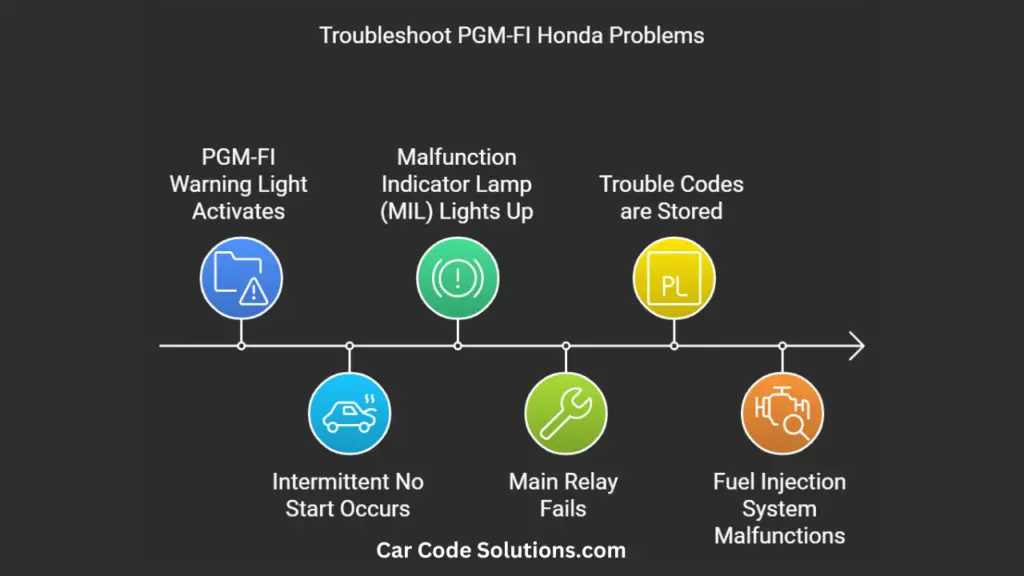
1. PGM-FI Warning Light Activation
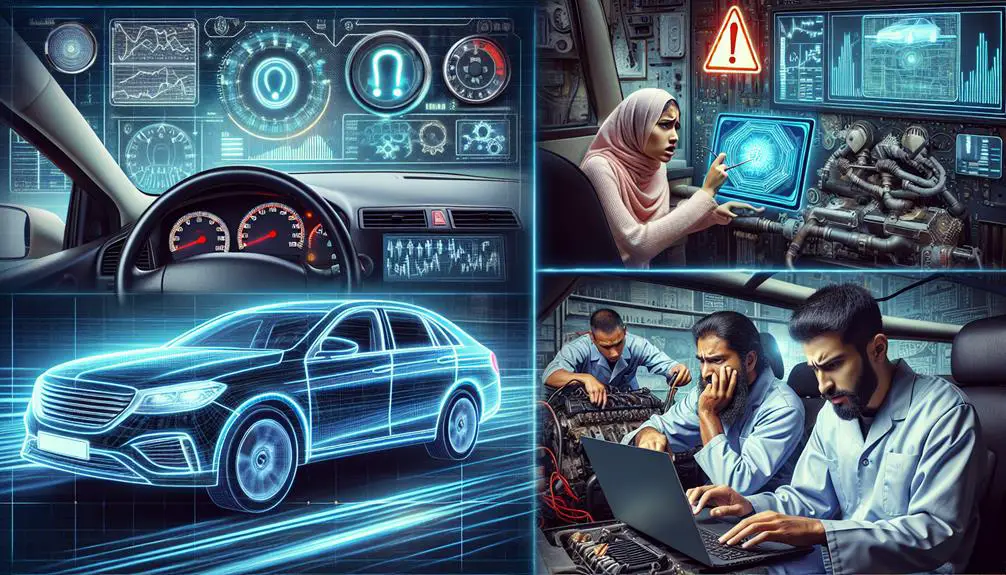
When the PGM-FI warning light turns on in your Honda, it means the computer found a problem in the fuel injection system. This is a sign to check it out because ignoring it could lead to bigger issues later.
Lots of Honda owners have the same problem. It’s often caused by things like a broken oxygen sensor, which helps control the fuel in the engine. If your gas mileage is worse or the engine isn’t running smoothly, it could be because of a bad sensor.
Sometimes, bad wires or connections can also make the PGM-FI light come on. Your Honda might start acting strange, with less power or stalling, if this happens.
When the warning light comes on, you might also notice problems with how the car runs. A clogged fuel injector can make the engine run badly and trigger the light.
People who’ve had this problem say it can be frustrating and expensive to fix. They say it’s important to get it checked right away to avoid more damage and being stuck without a working car.
Taking care of PGM-FI issues quickly isn’t just about avoiding problems—it’s also about keeping your Honda healthy for a long time.
So when the light comes on, don’t wait. Get it checked out. Your Honda and your peace of mind will be better for it.
2. Intermittent No Start
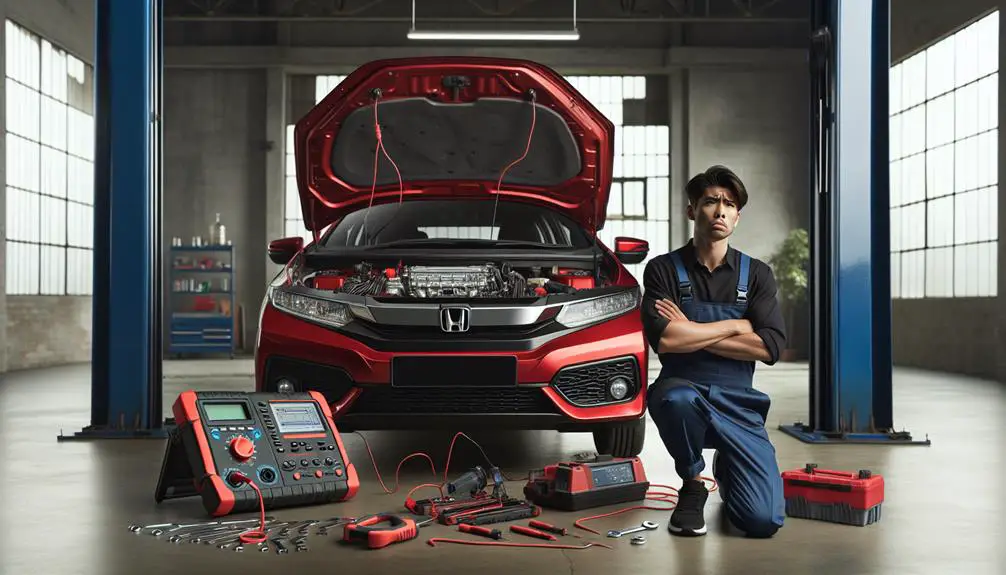
Dealing with the PGM-FI warning light in your Honda is important, but you might also have trouble starting your car at times.
This can be really frustrating and is often linked to the fuel injection system. It’s annoying when your car won’t start, leaving you stuck at inconvenient times.
Many Honda owners have had the same problem and found various reasons behind it. Some blame electrical issues like bad relays or weak batteries.
Others point to mechanical problems like a clogged fuel filter or a faulty fuel pump that can cause trouble without warning.
The signs usually involve the engine cranking but not starting, and sometimes it suddenly stalls. This might happen more often in certain situations, like in cold weather, which gives clues about what’s wrong.
Real stories from other Honda owners show that it’s important to get a thorough check-up. The silence when you turn the key could be caused by something small like a loose connection, or something big like a failing main relay.
One owner fixed their Accord’s starting problems by replacing a worn-out fuel pump relay, while another solved the issue by cleaning a dirty fuel injector.
The bottom line? Pay attention to these starting problems and get your PGM-FI system checked. It’ll save you the frustration of being stuck somewhere, hoping your car will start without a little care for your Honda.
3. Malfunction Indicator Lamp (MIL) Issues

Your Honda’s check engine light can turn on for different reasons. It might mean you need to check the car’s computer for problems.
Many Honda owners have had this happen. Sometimes it’s just a loose gas cap, but other times it’s a bigger issue.
Things like a bad oxygen sensor, a failing catalytic converter, or problems with the fuel system can make the check engine light come on.
These can make the car use more gas and not run as well. Problems with the car’s electrical system, like bad wires or sensors, can also make the light come on.
You might notice the car acting strange, like the engine running rough, not speeding up like it should, or idling weird.
Some people have said the check engine light came on and then the engine started running bad or the car lost power suddenly.
Real stories like these show why it’s important to not ignore the check engine light. Getting it checked out soon can save you from a big problem and expensive fixes.
4. Main Relay Problems
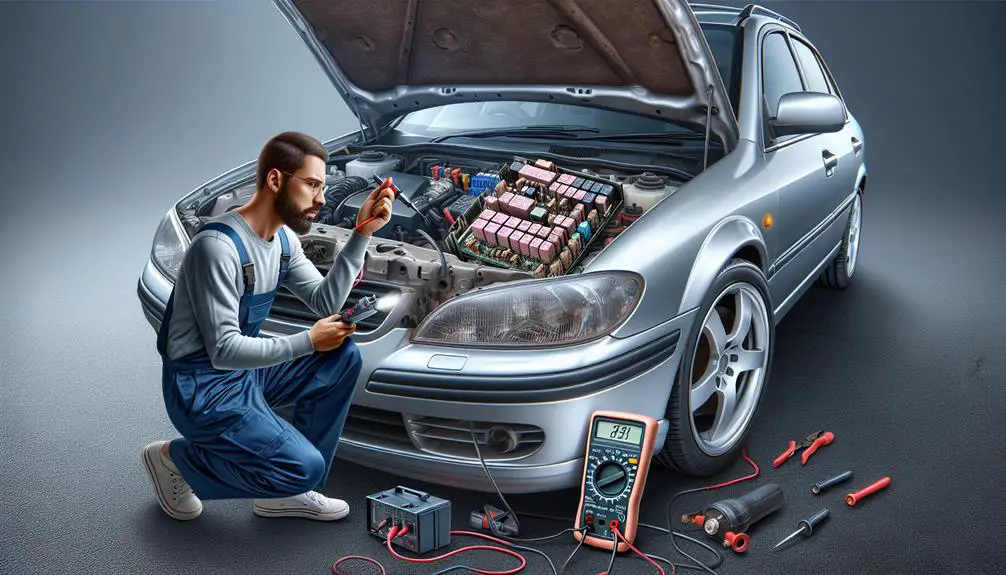
Many Honda owners have had a problem with the main relay in their cars. The main relay controls power to the fuel pump and ECU, and when it has a problem, the car can have trouble starting.
This often happens on hot days or after the car has been sitting for a while.
The relay is located under the dashboard, where temperature changes can make the solder connections crack.
This can cause the car to crank but not start. Many Honda owners have had this issue, and it can be frustrating when the car leaves them stranded.
The fix is usually to re-solder the affected joints on the main relay, which is a simple and cost-effective repair.
If you’re not comfortable doing it yourself, it’s best to have a professional mechanic take care of it to avoid making things worse.
5. Stored Trouble Codes
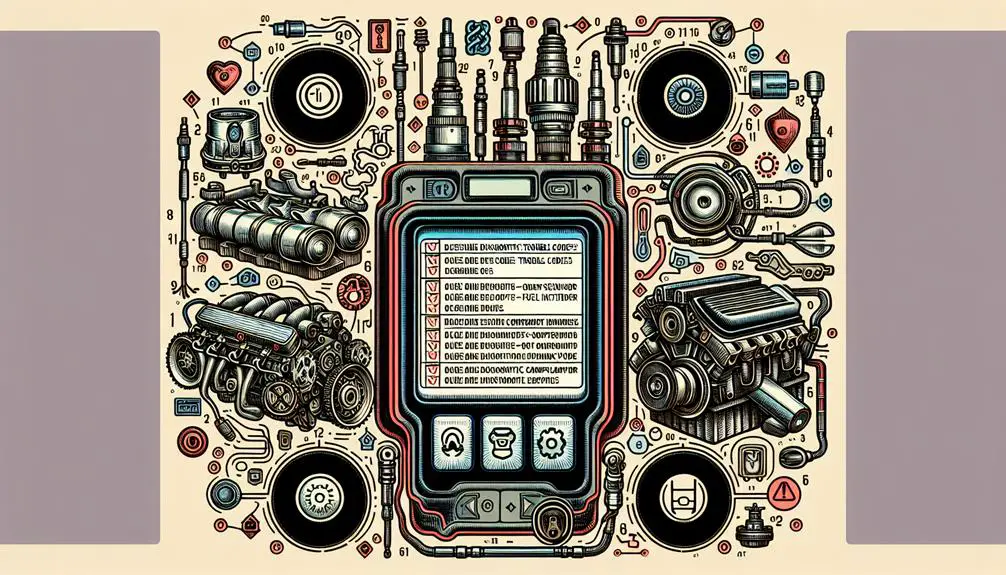
Moving on from the main relay issues, Honda cars with PGM-Fi can have problems due to stored trouble codes that show specific issues in the system.
These PGM-FI codes help mechanics find out what’s wrong, like with the oxygen sensors or fuel injectors.
You might have problems like the car idling roughly or stalling unexpectedly. The PGM-Fi light on the dashboard might turn on when there’s a problem.
Issues with the wires or sensors can also cause these trouble codes. Your car might also hesitate when you press the gas or use more fuel than usual.
People who own these cars often say that the car feels like it has less power, which could be because of a clogged EGR valve, shown by a trouble code.
Another common issue is slow response when pressing the gas, which might be because of a problem with the throttle position sensor.
People share stories online about how frustrating it is when a small problem suggested by a trouble code turns out to be a big deal.
People who own these cars say that it’s really important to do a diagnostic scan. One person might say that they kept seeing the check engine light until they found out the MAP sensor was failing.
Another person might be happy that they fixed a misfire by replacing a bad ignition coil, which was shown by a trouble code.
6. Fuel Injection System Issues
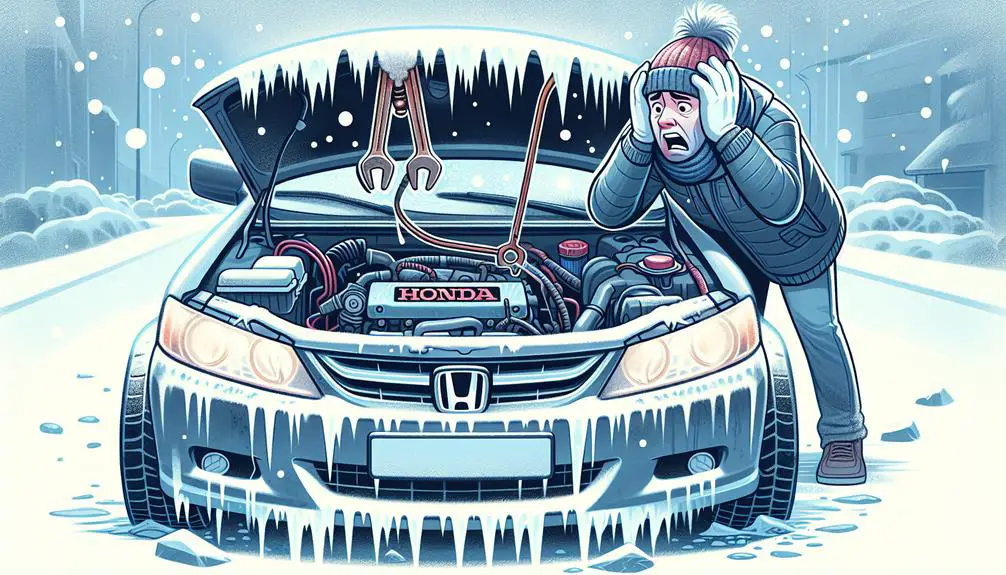
Honda car owners have had problems with the fuel injection system. Some have trouble starting the engine in cold weather, and the engine may not run smoothly.
Many Honda owners have experienced the engine stalling, especially at important times. The problem seems to be with the PGM-Fi system, which controls how fuel is delivered to the engine.
The issues could be because of clogged fuel injectors or a problem with the fuel pump. There could also be a problem with sensors that help the system adjust the fuel mixture based on the engine’s temperature.
These problems can lead to the engine getting too much or too little fuel, causing starting and running problems.
The problems show up as the car using more fuel, losing power, and sometimes the ‘check engine’ light comes on. If you feel your Honda car jerking or struggling when you press the gas pedal, it’s a sign that something is wrong with the fuel injection system.
People on the internet have shared their stories about the engine not running smoothly and needing expensive repairs.
They say that finding out exactly what’s wrong with the fuel injection system can be tricky and might need a mechanic’s help.
Some say that doing regular check-ups on the car can help, but others end up needing a mechanic to fix the problem.
Wrapping Up
If you’re noticing a flickering PGM-FI warning light, intermittent no-starts, or the MIL glowing, your Honda’s PGM-FI system may need some attention.
Main relay problems and trouble codes can also be a sign that something’s not right.
Don’t worry, these issues are common among Honda owners, and with the right diagnosis and repair, you can fix these PGM-FI system troubles.
